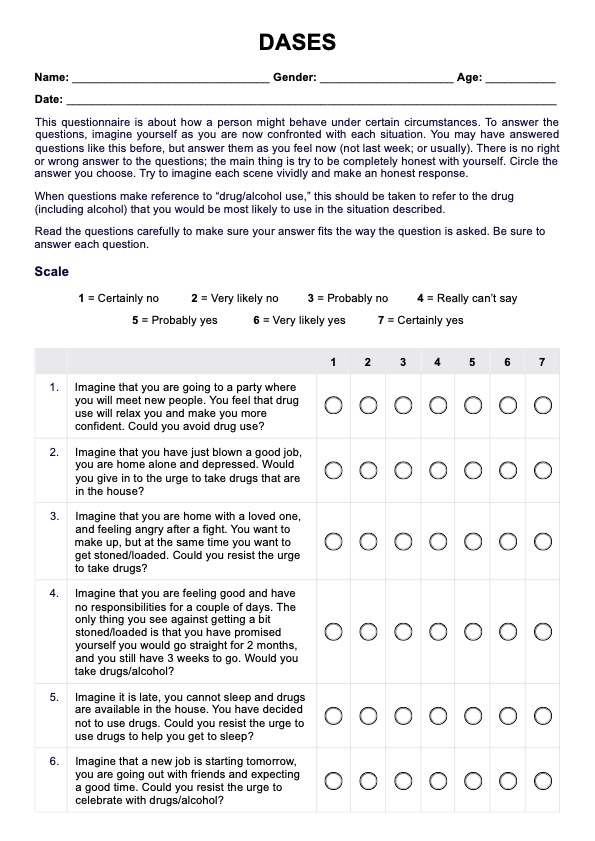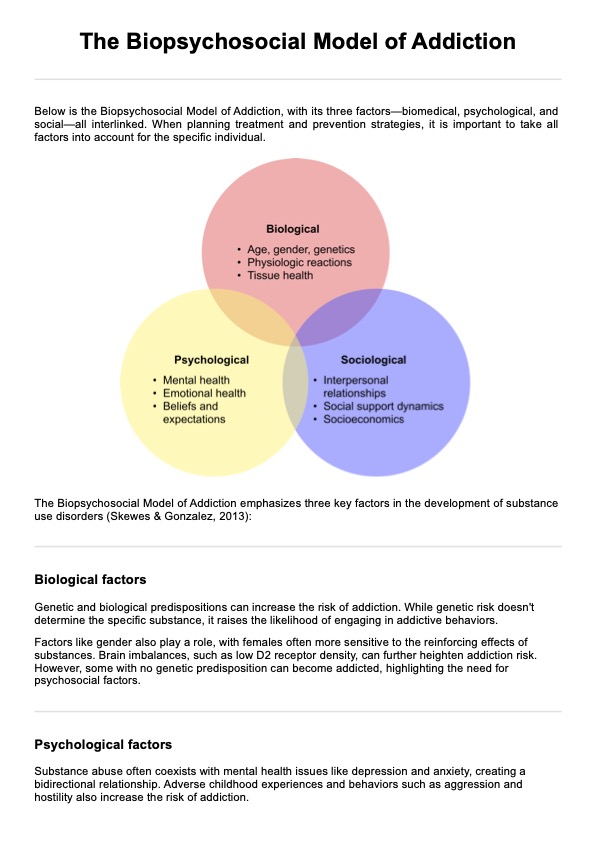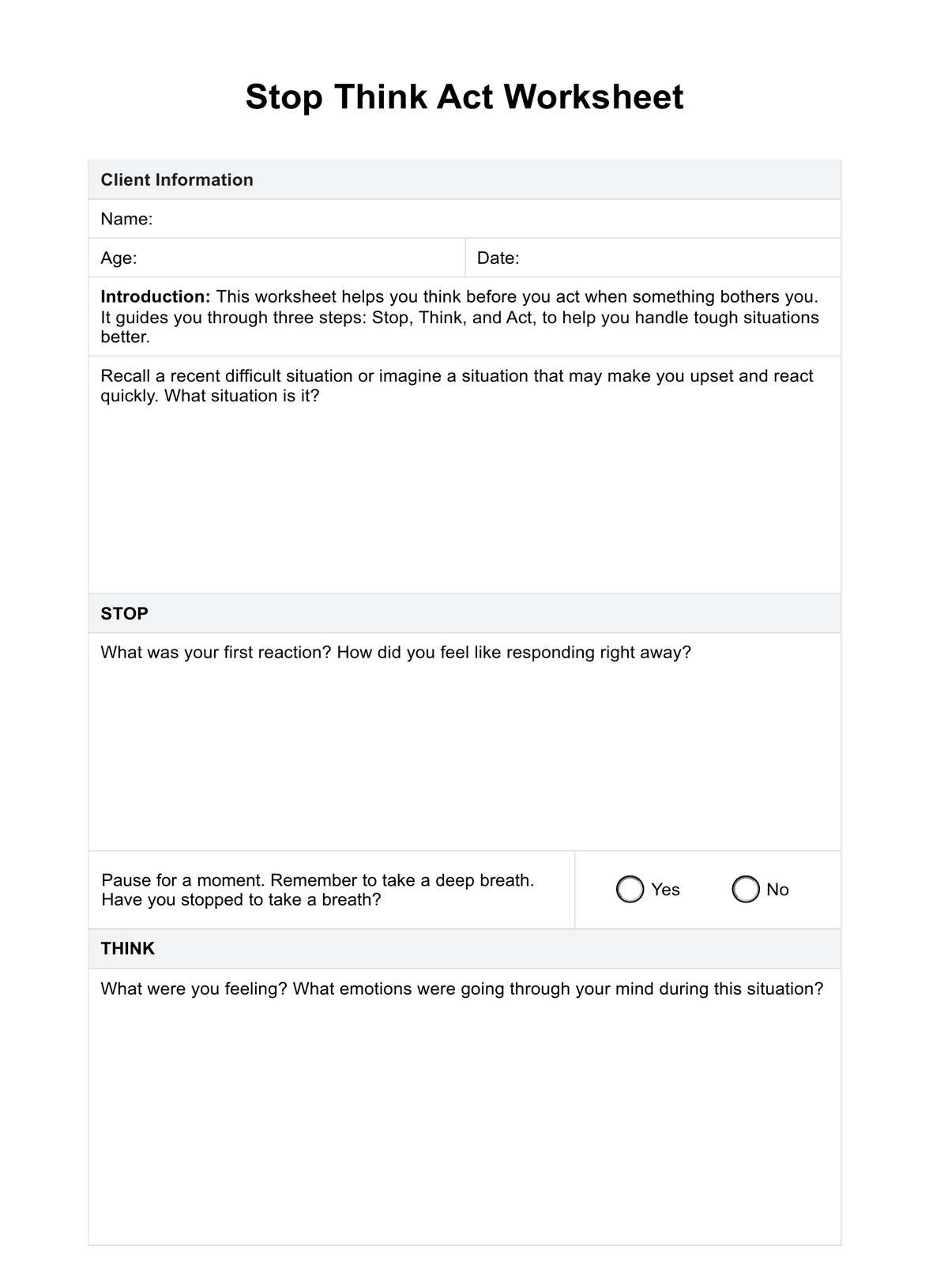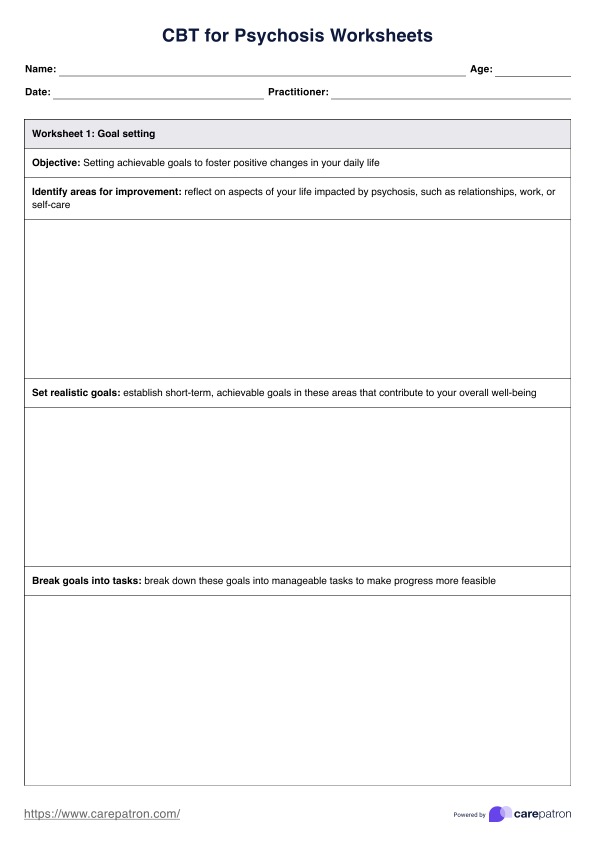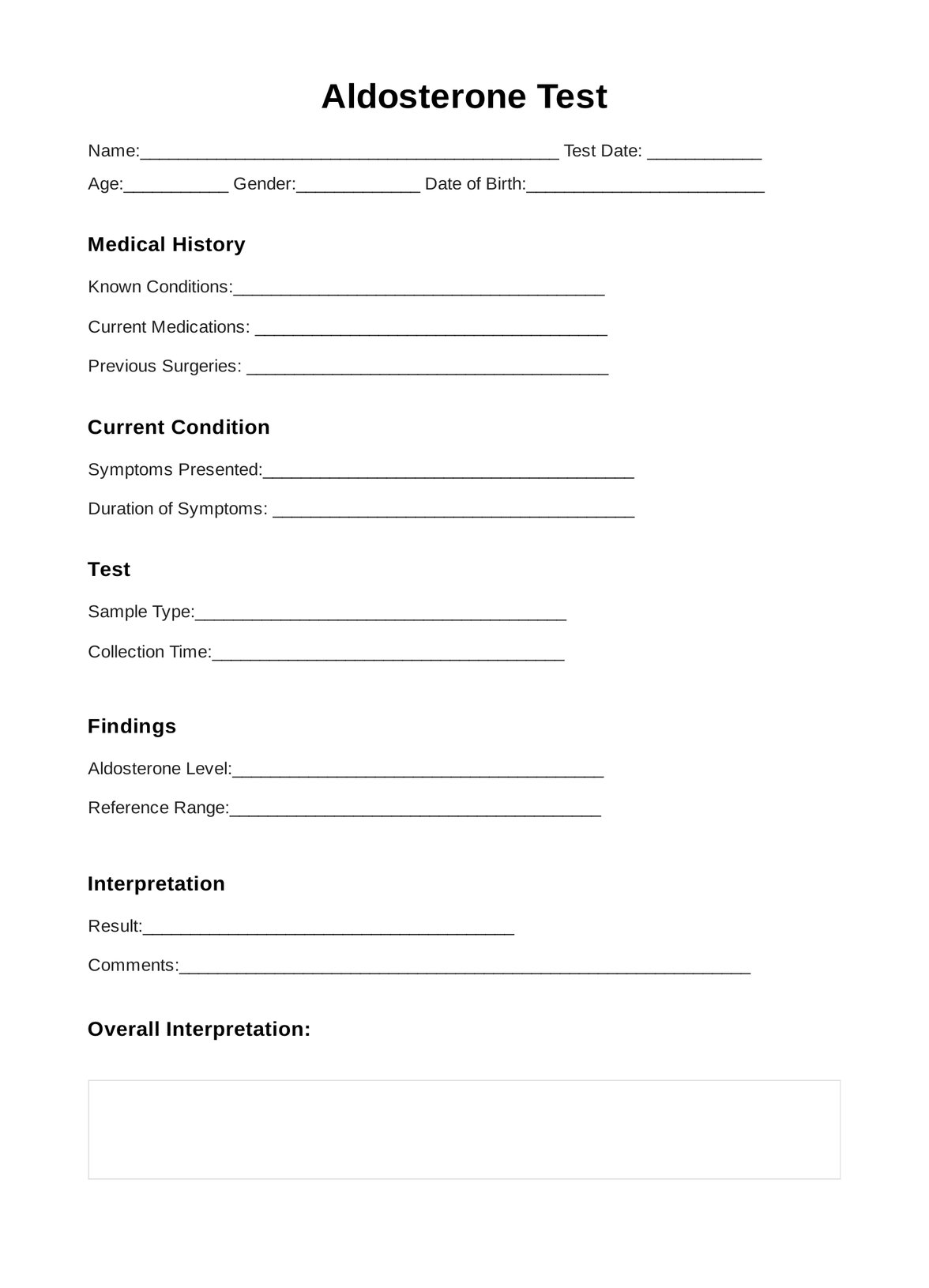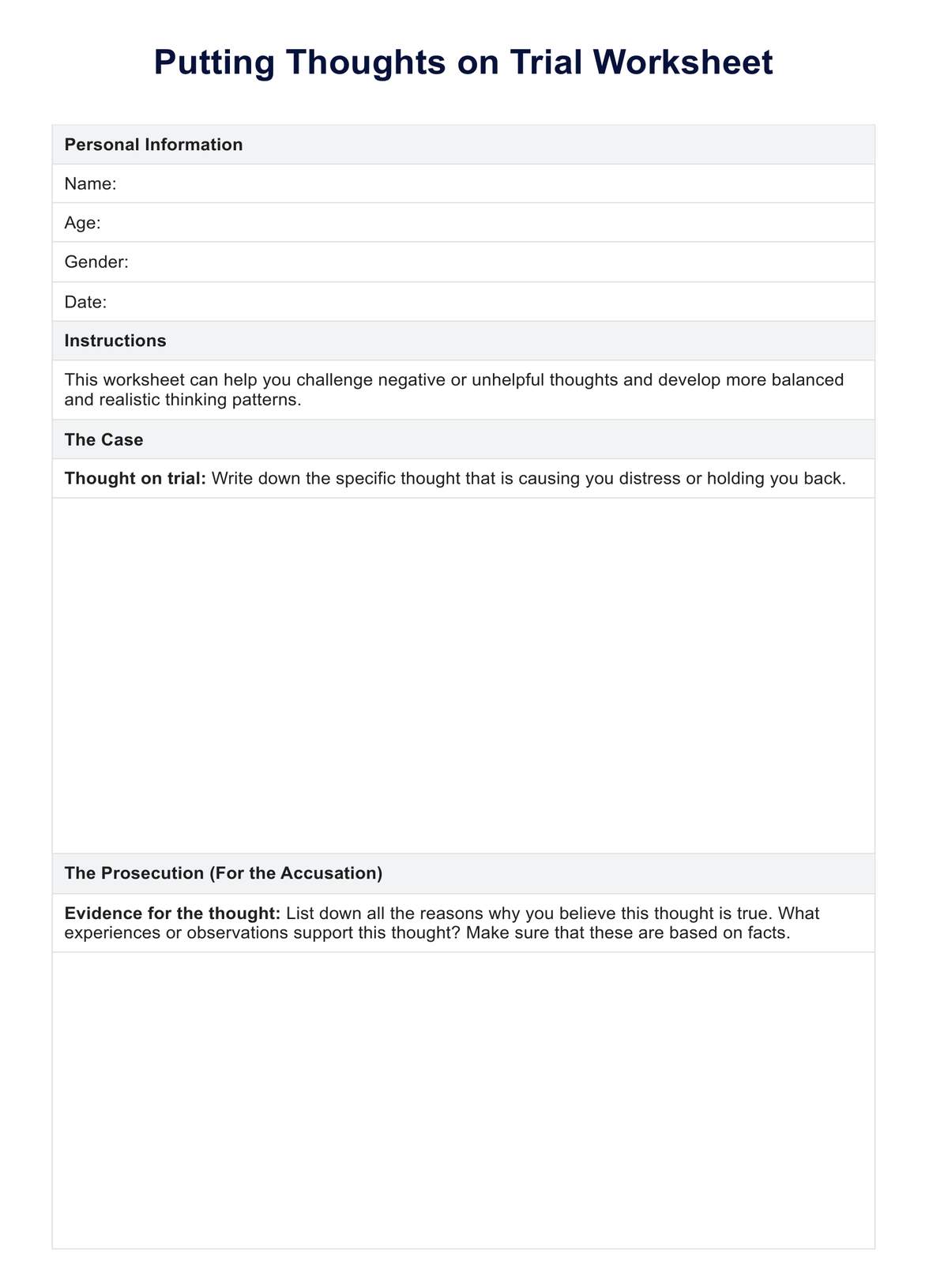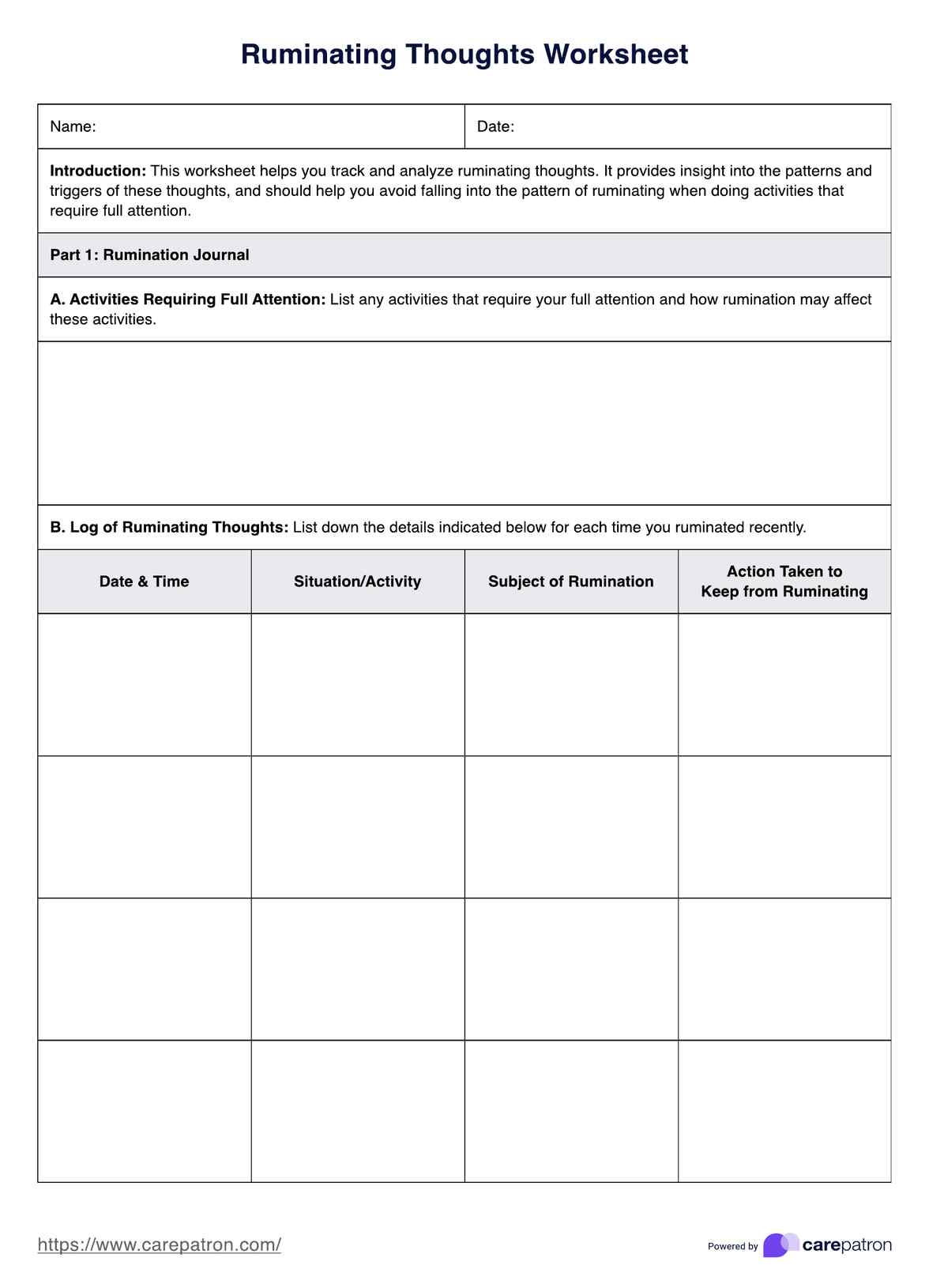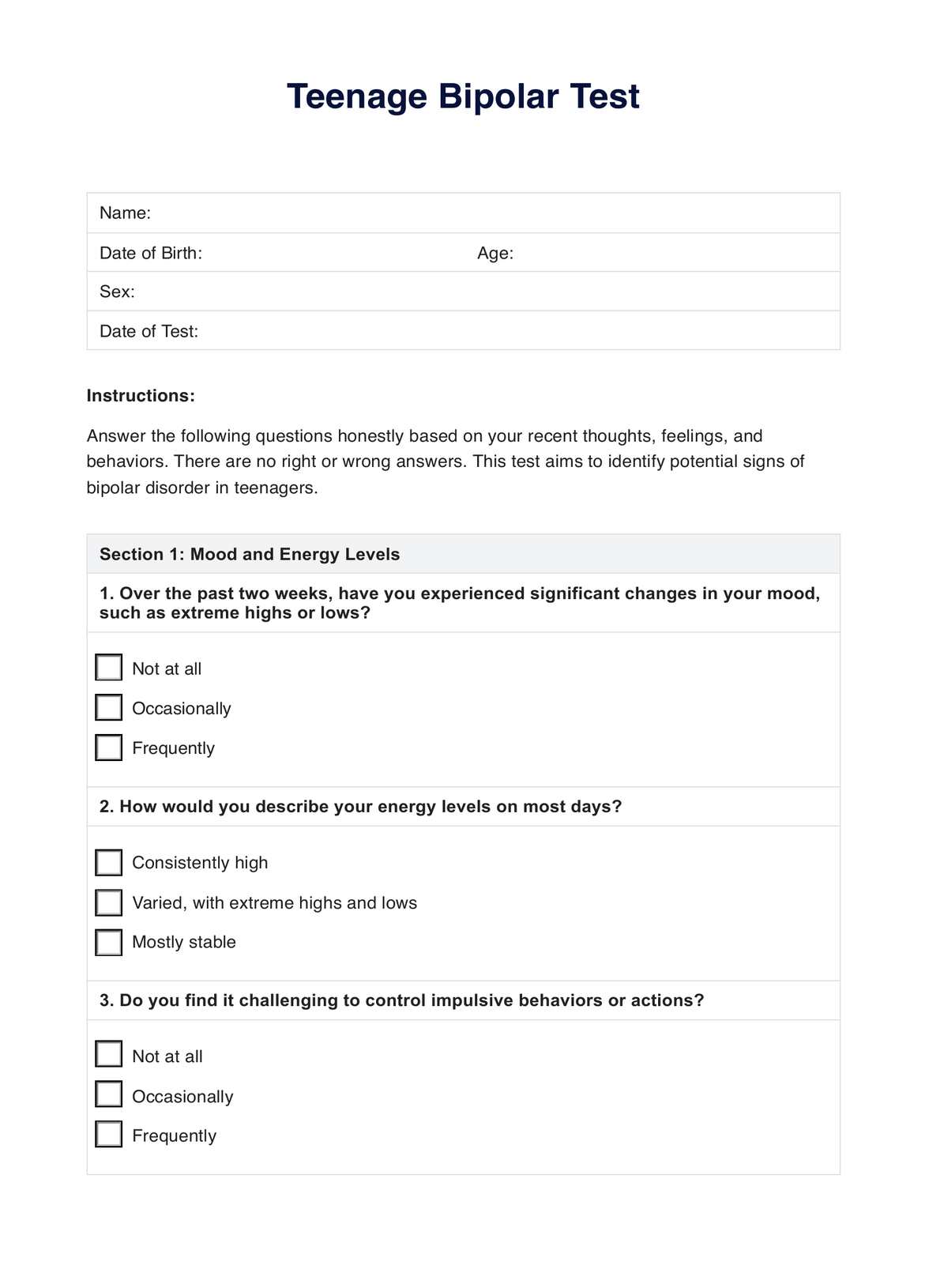Maladaptive Daydream Test
Get access to a Maladaptive Daydreaming Test. Use it as a screener or for research into the maladaptive daydreaming coping mechanism.


What is maladaptive daydreaming?
Maladaptive daydreaming is a psychological phenomenon that manifests as an intense and immersive form of excessive daydreaming, disrupting the everyday life of a maladaptive daydreamer. This condition is characterized by daydreams during waking hours that are so vivid and compelling that they lead to dissociation from reality, with individuals acting out scenarios from their imaginative inner world. While not formally recognized in the Diagnostic and Statistical Manual of Mental Disorders (DSM-5), maladaptive daydreaming has gained attention in recent years for its impact on mental well-being.
One of the significant aspects of maladaptive daydreaming, which differs from normal daydreaming, is its potential development as a coping strategy, particularly in response to trauma. This coping mechanism is more prevalent among individuals dealing with social anxiety, depression, or obsessive-compulsive disorder, suggesting a connection between maladaptive daydreaming and underlying mental health conditions.
Symptoms of maladaptive daydreaming
Maladaptive daydreaming, characterized by its intense and immersive nature, presents a range of symptoms that can significantly impact an individual's daily life:
- Intense, vivid daydreams: The daydreams are exceptionally vivid and detailed, and they may have intricate stories with characters, settings, and plotlines.
- Triggered by real-world events or sensory stimuli: These triggers include noises, music, smells, conversations, or other external stimuli like movies.
- Unconscious facial expressions and repetitive movements: The daydreamer may make faces, bodily motions, or talk or whisper to themselves.
- Extended duration of daydreams: Daydreams may last for more than several minutes at a time.
- Strong desire to continue daydreaming: There is a compelling, overpowering, and sometimes addictive desire to continue daydreaming, even becoming annoyed when a real-world event interrupts a daydream.
- Impaired focus and daily task completion: The daydreaming diverts attention from real-world responsibilities, leading to challenges in fulfilling real-world obligations.
Maladaptive Daydream Test Template
Maladaptive Daydream Test Example
How to use our Maladaptive Daydream Test template
Our template contains the Maladaptive Daydreaming Scale (MDS-16), developed by Dr. Eli Somer and colleagues (2016). It attempts to evaluate various aspects of daydreaming behavior, including triggers, emotional responses, and the impact on daily functioning, using questions such as "How much does your daydreaming interfere with your ability to get basic chores accomplished?"
The scale is best used for psychiatric research and studies on contemporary psychotherapy and behavioral addiction. However, it can also be used as a screener in case you have patients that you suspect of being maladaptive daydreamers. It can also be a self-assessment tool, but it should always be followed by a consultation with a mental health professional.
Here's how to use our tool:
Step 1: Access the template
First, click "Use template" to open the template in the Carepatron app. The app allows you to customize the template, letting you add other pertinent fields to gather more specific data in case you are using the scale for research. You can also save a non-customizable PDF (which you can still fill digitally or print) directly onto your device's local drive by clicking "Download."
Step 2: Administer the scale
You can administer the scale to your patient or population through various means; you can read out the questions in a random order like in a direct interview, or you can send out digital copies and let your respondents accomplish it themselves.
Step 3: Interpret the results
Once you have the results back, sum the scores of each respondent's answers and get the average. A score above 40 indicates a tendency to engage in maladaptive daydreaming, with higher scores indicating a more disruptive pattern.
Step 4: Use the data
After the interpretation, you can use the score to formulate a plan for your client/patient. If you used the scale with a large population for research, start calculating the values as necessary based on your methodology.
The impact of maladaptive daydreaming
With its immersive and intense nature, maladaptive daydreaming extends its influence beyond the realm of imagination, significantly impacting various facets of an individual's life. Understanding these effects is crucial in addressing the challenges posed by this intricate psychological phenomenon.
Social isolation
Individuals may find themselves engrossed in their imaginative worlds, dedicating more time to daydreaming and less to interacting with others. This diminished social engagement can weaken social abilities, making establishing and maintaining relationships challenging.
Impaired productivity
The excessive and vivid daydreaming characteristic of maladaptive daydreaming can result in difficulty concentrating affecting productivity at work or school. Individuals may struggle to channel their attention towards tasks, hindering their ability to meet responsibilities and goals.
Strained interpersonal relationships
The immersive nature of maladaptive daydreams can potentially disrupt engagement with tasks and people. This interference can strain interpersonal relationships, as individuals may struggle to fully participate in shared activities or conversations, creating a barrier to meaningful connections.
Sleep disruption
Maladaptive daydreaming can cause disturbances and difficulties in achieving restful sleep (Marcusson-Clavertz et al., 2019). The preoccupation with daydreams may interfere with the ability to relax and fall asleep, contributing to poor sleep quality and related challenges and potentially leading to fatigue and reduced overall well-being.
Emotional regulation
Some individuals may rely on daydreaming as a coping mechanism for emotional regulation. The immersive nature of these fantasies provides a temporary escape from stress or emotional distress. While this may offer relief in the short term, it can contribute to a dependence on daydreaming as a primary coping strategy.
Association with mental health disorders
A significant correlation exists between maladaptive daydreaming and mental health disorders such as dissociative disorder, attention deficit hyperactivity disorder, anxiety disorders. Over half of individuals experiencing maladaptive daydreaming also contend with a diagnosed mental disease. This phenomenon appears to be more prevalent among individuals grappling with conditions such as anxiety, depression, or obsessive-compulsive disorder (Bigelsen et al., 2016; Somer et al., 2020).
References
Bigelsen, J., Lehrfeld, J. M., Jopp, D. S., & Somer, E. (2016). Maladaptive daydreaming: Evidence for an under-researched mental health disorder. Consciousness and Cognition, 42, 254–266. https://doi.org/10.1016/j.concog.2016.03.017
Marcusson-Clavertz, D., West, M., Kjell, O. N. E., & Somer, E. (2019). A daily diary study on maladaptive daydreaming, mind wandering, and sleep disturbances: Examining within-person and between-persons relations. PLOS ONE, 14(11), e0225529. https://doi.org/10.1371/journal.pone.0225529
Somer, E., Abu-Rayya, H. M., & Brenner, R. (2020). Childhood trauma and maladaptive daydreaming: Fantasy functions and themes in a multi-country sample. Journal of Trauma & Dissociation, 22(3), 1–16. https://doi.org/10.1080/15299732.2020.1809599
Commonly asked questions
Maladaptive daydreaming can be identified by specific symptoms that distinguish it from typical daydreaming. Key indicators include daydreams triggered by real-life stimuli, unconscious facial expressions or movements during daydreaming, prolonged episodes lasting from minutes to hours, and significant interference with daily functioning, such as trouble focusing on tasks or sleeping.
Self-diagnosing maladaptive daydreaming involves reflecting on the frequency and intensity of daydreaming episodes and their impact on daily life; however, it is always best to consult with a mental health professional. Our test template, which contains the 16-item Maladaptive Daydreaming Scale (MDS-16), can be used as a screener before scheduling a mental health consult.
Maladaptive daydreaming is not exclusive to individuals with attention deficit hyperactivity disorder (ADHD), but there is a notable correlation—many maladaptive daydreamers also report ADHD symptoms, as the impulsivity and distractibility associated with ADHD may make individuals more prone to engage in extensive daydreaming. Maladaptive daydreaming has been linked to dissociative disorders because of maladaptive daydreamers' tendency to disconnect from reality during daydreaming episodes.


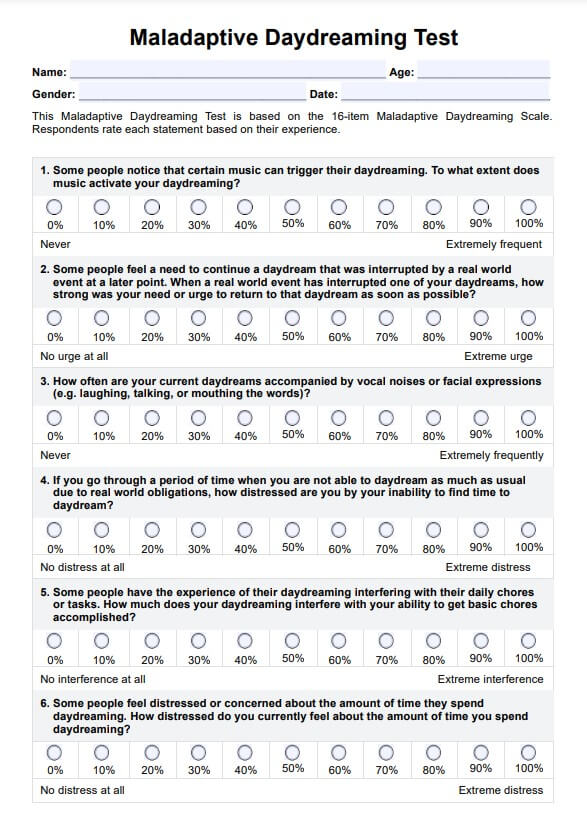
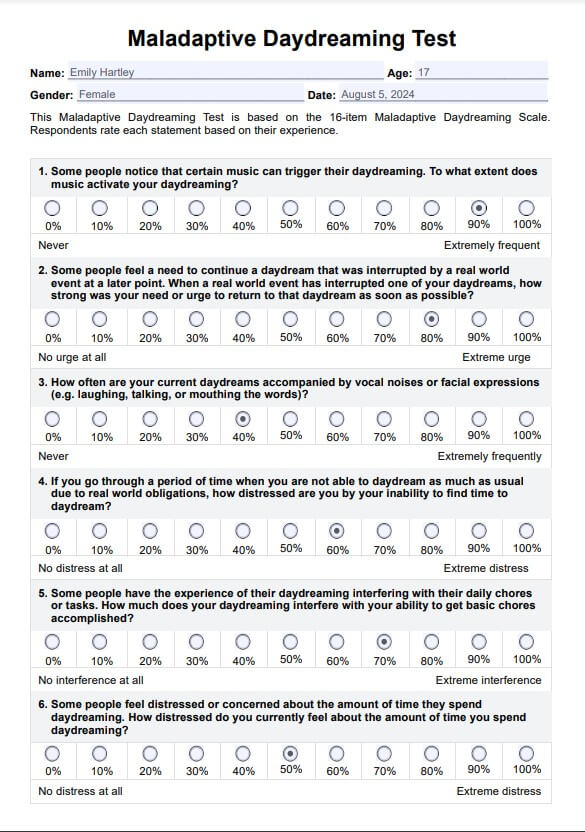


















-template.jpg)


